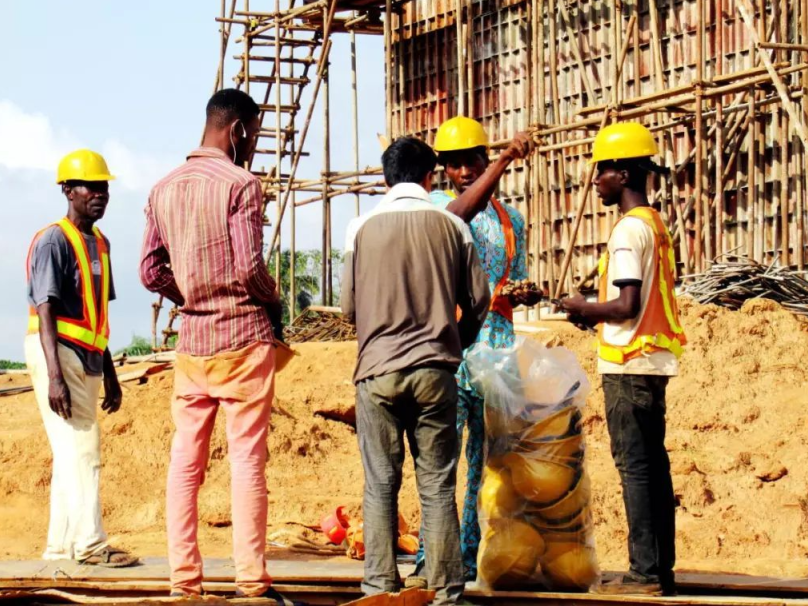- Namibia is located in Southwest Africa and has a good port and road network

On March 16, the first section of the 216-meter track of the main line of the Namibia Railway Repair Project undertaken by China Energy Construction Gezhouba Group was completed and the main line was upgraded, which set off a climax of the project.

Construction Site
Namibia is located in Southwest Africa, adjacent to the Atlantic Ocean and has a good port and road network. In 2004, the Namibian government developed Namibia into a transportation and logistics hub in Southern Africa in accordance with the planning requirements of Namibia's "Vision 2030", and made rail transportation meet the requirements of the Southern African Development Community's rail transportation capacity. The content of the restoration project includes the restoration and upgrading of 100.2 kilometers of existing railway lines (civil engineering, ballast engineering, track engineering, etc.) and the construction of related supporting facilities. The project department attached great importance to the implementation of the first section of track laying, organized all personnel to go to the construction site, and completed the construction tasks in a safe and efficient manner in accordance with the discovery of problems and the resolution of problems on the front line.

Project schematic
According to Li Lijie, the person in charge of China Energy Construction Namibia Co., Ltd., the entire line of the project has been laid with meter gauges. The current infrastructure has been used for nearly a hundred years and is old and aging. The train speed does not exceed 40 kilometers per hour. He said that due to the epidemic, Namibia’s unemployment problem is serious. The project is expected to provide more than 400 local jobs and provide training to local personnel to help them master railway project construction related technologies.

On November 30, 2020, the project held a groundbreaking ceremony.
Namibia’s Minister of Engineering and Transportation, John Mutolva, said at the groundbreaking ceremony that the completion of the project will significantly increase the transportation capacity from the inland cities of Namibia and the border to Walvis Bay, promote the facilitation of cross-border trade, and drive further economic development along the route. development of. Editor/He Yuting
Comment
 Praise
Praise
 Collect
Collect
 Comment
Comment
 Search
Search














Write something~